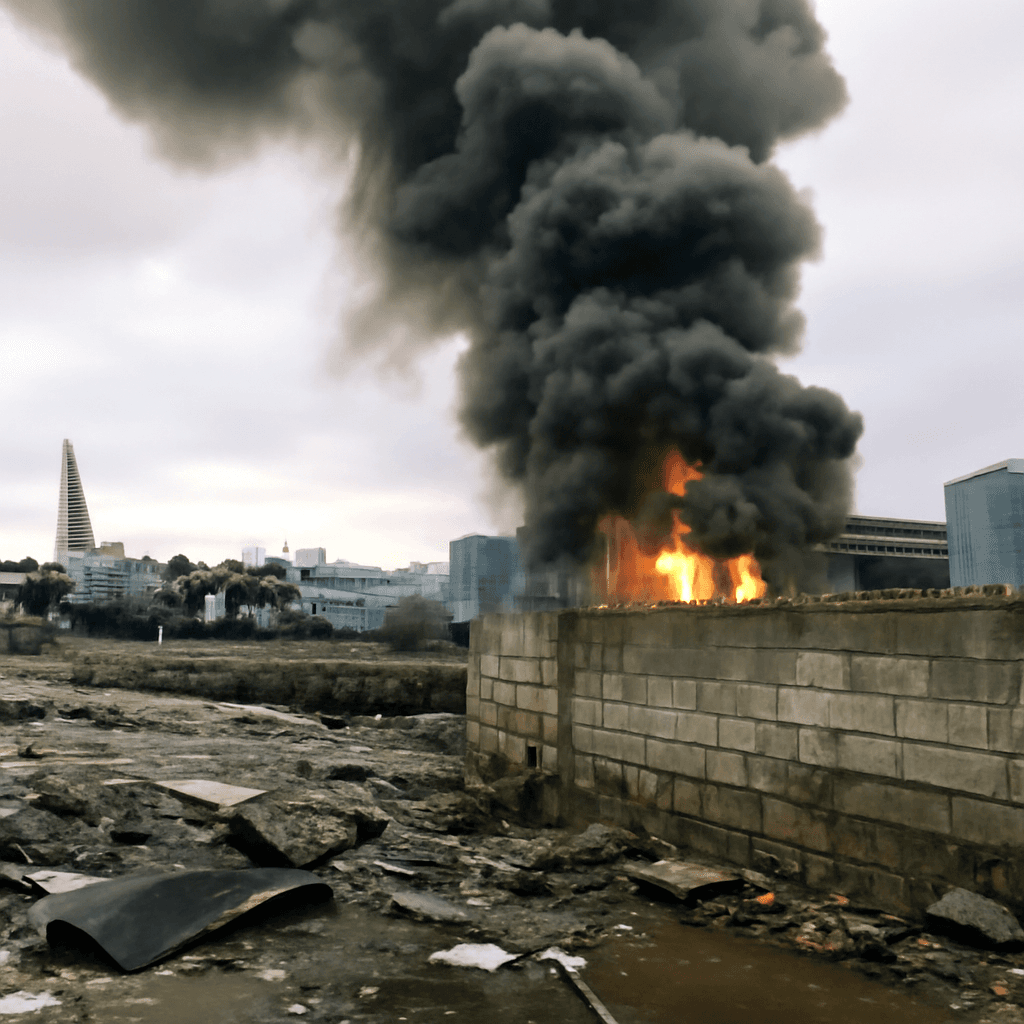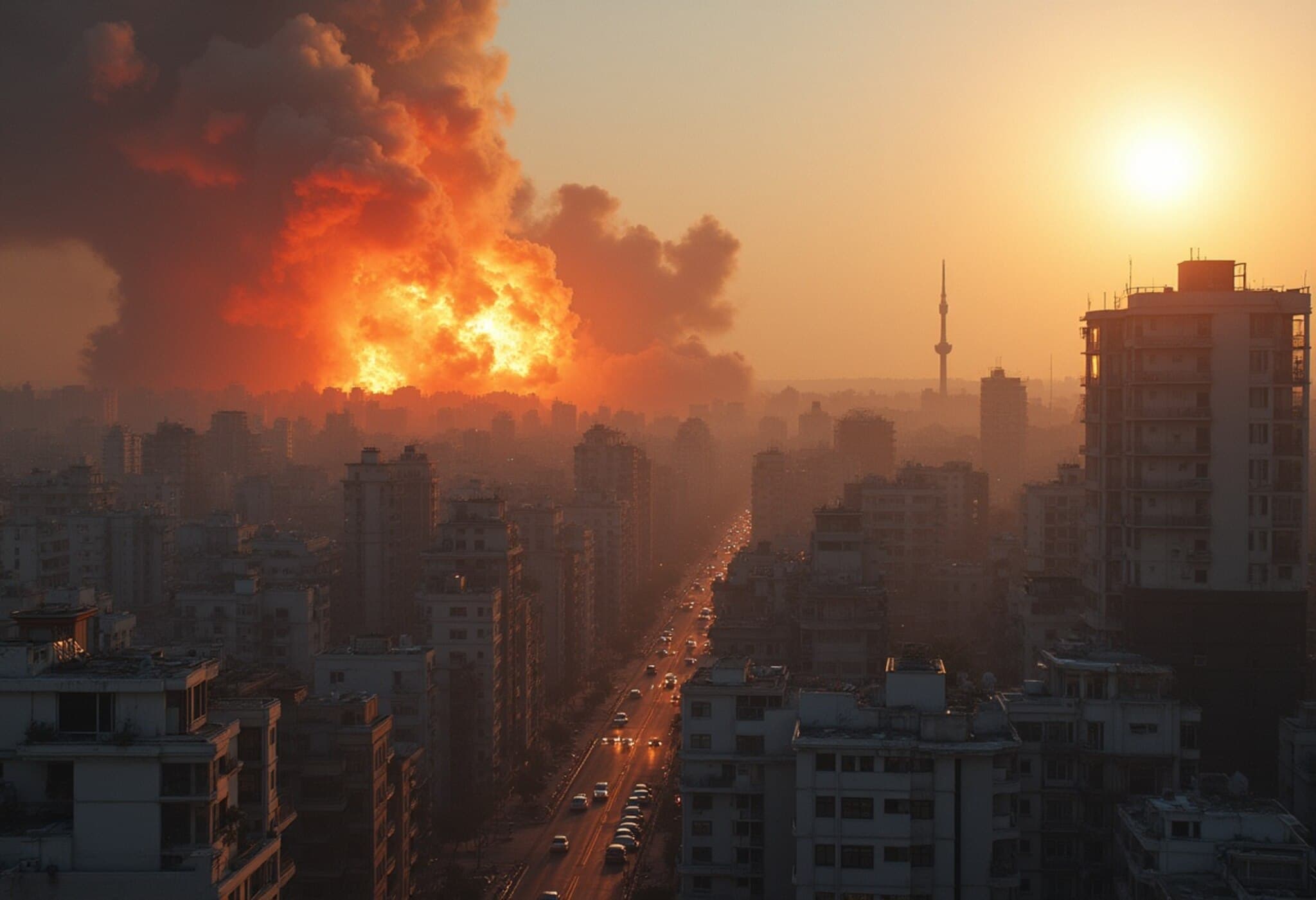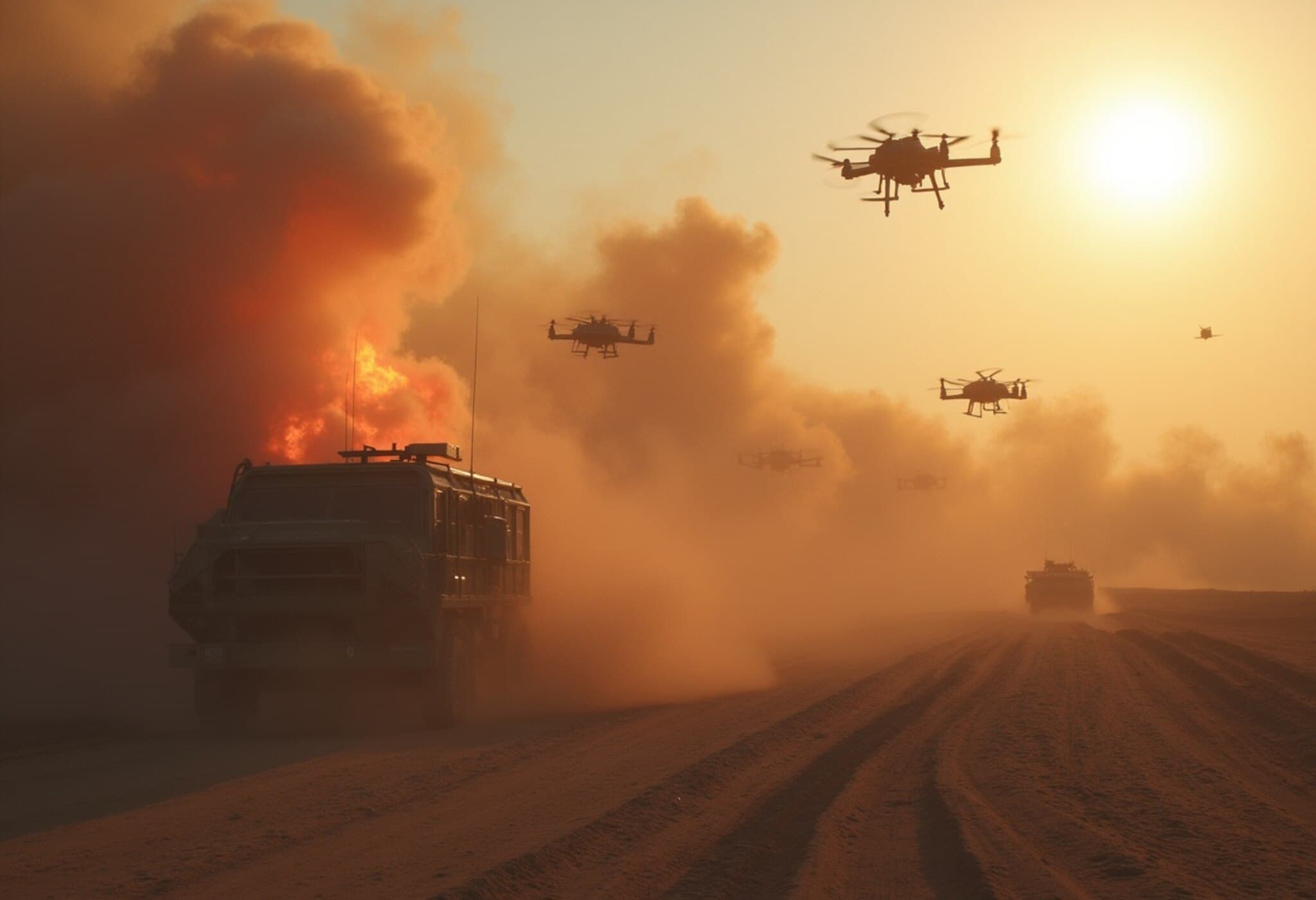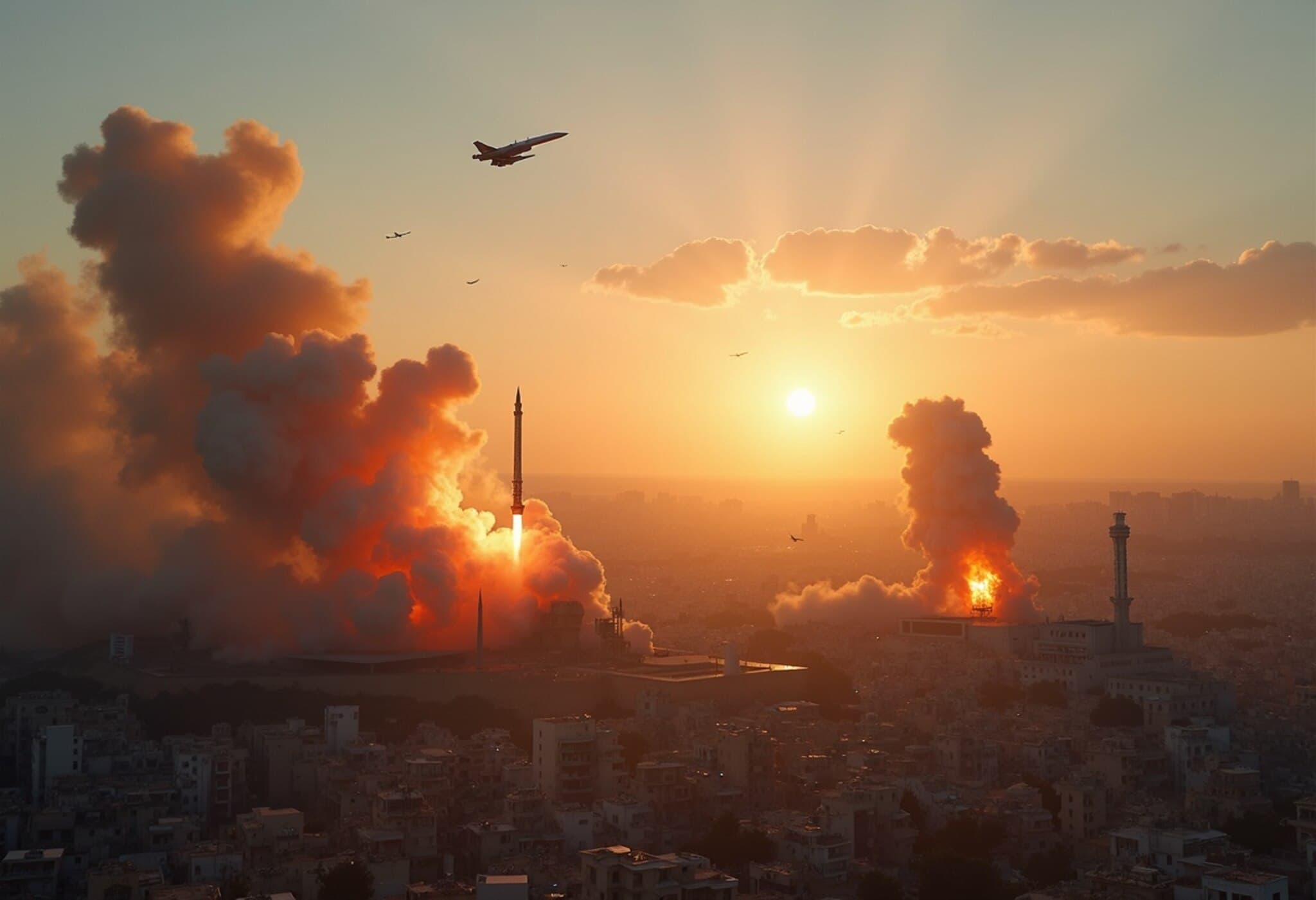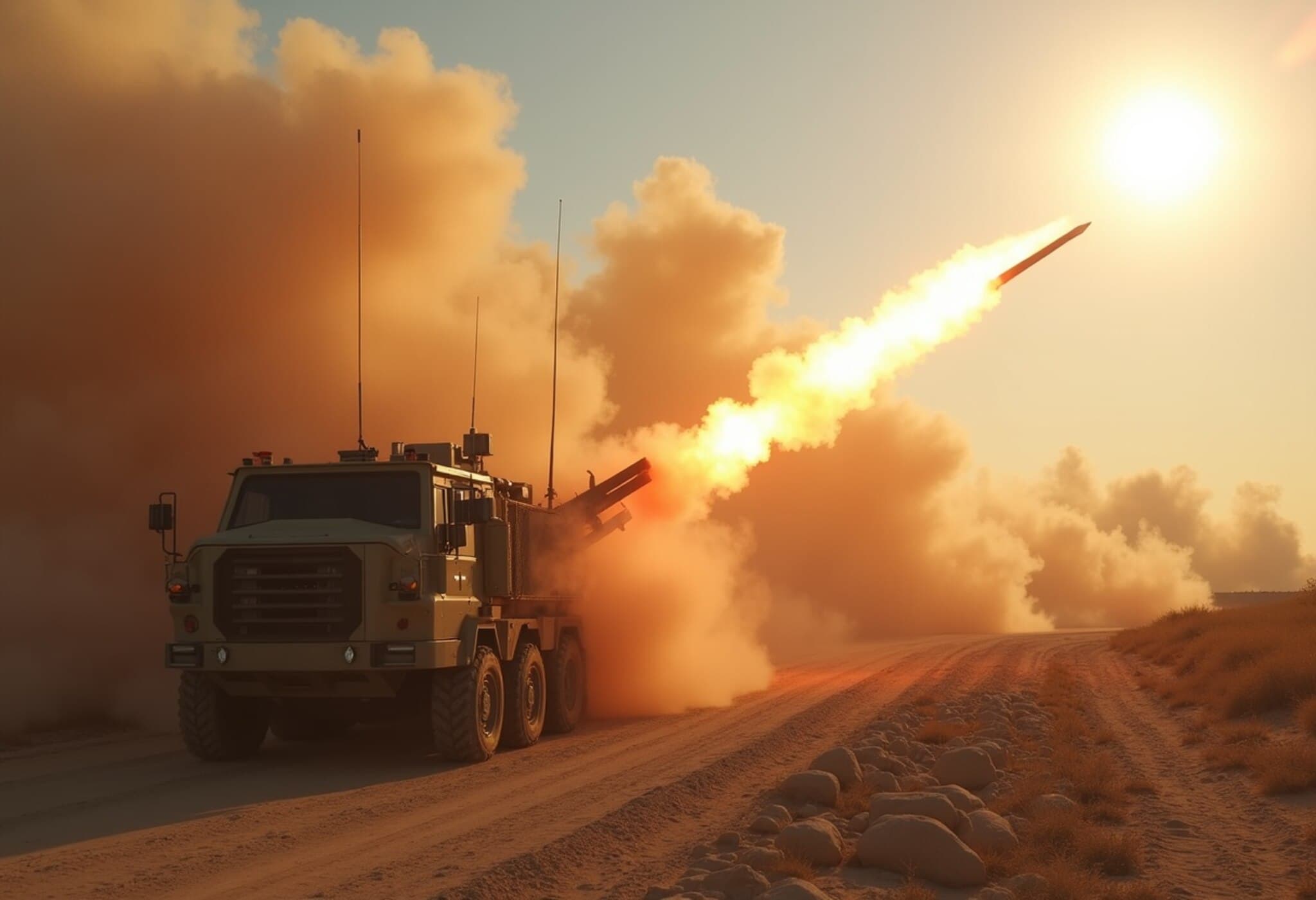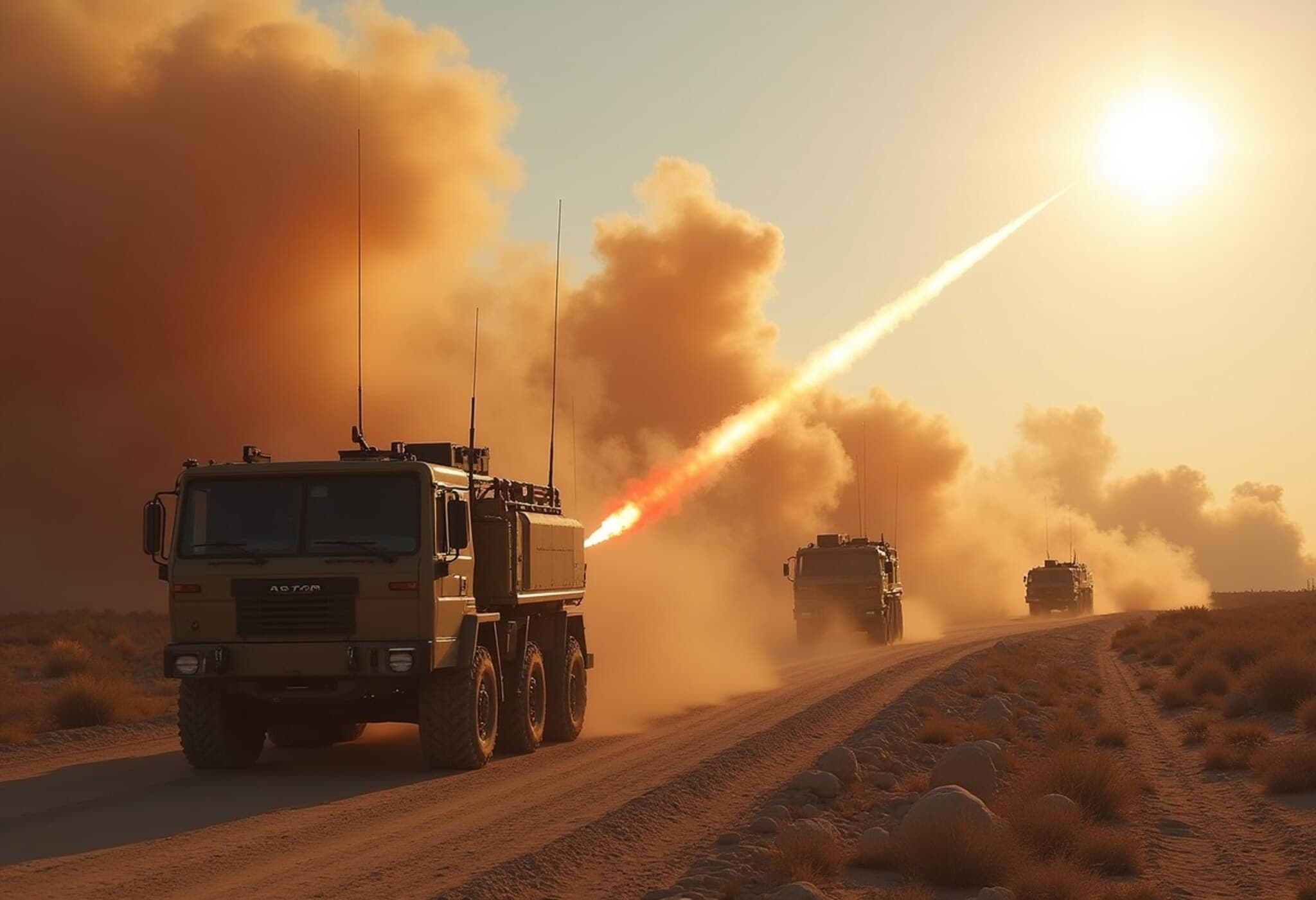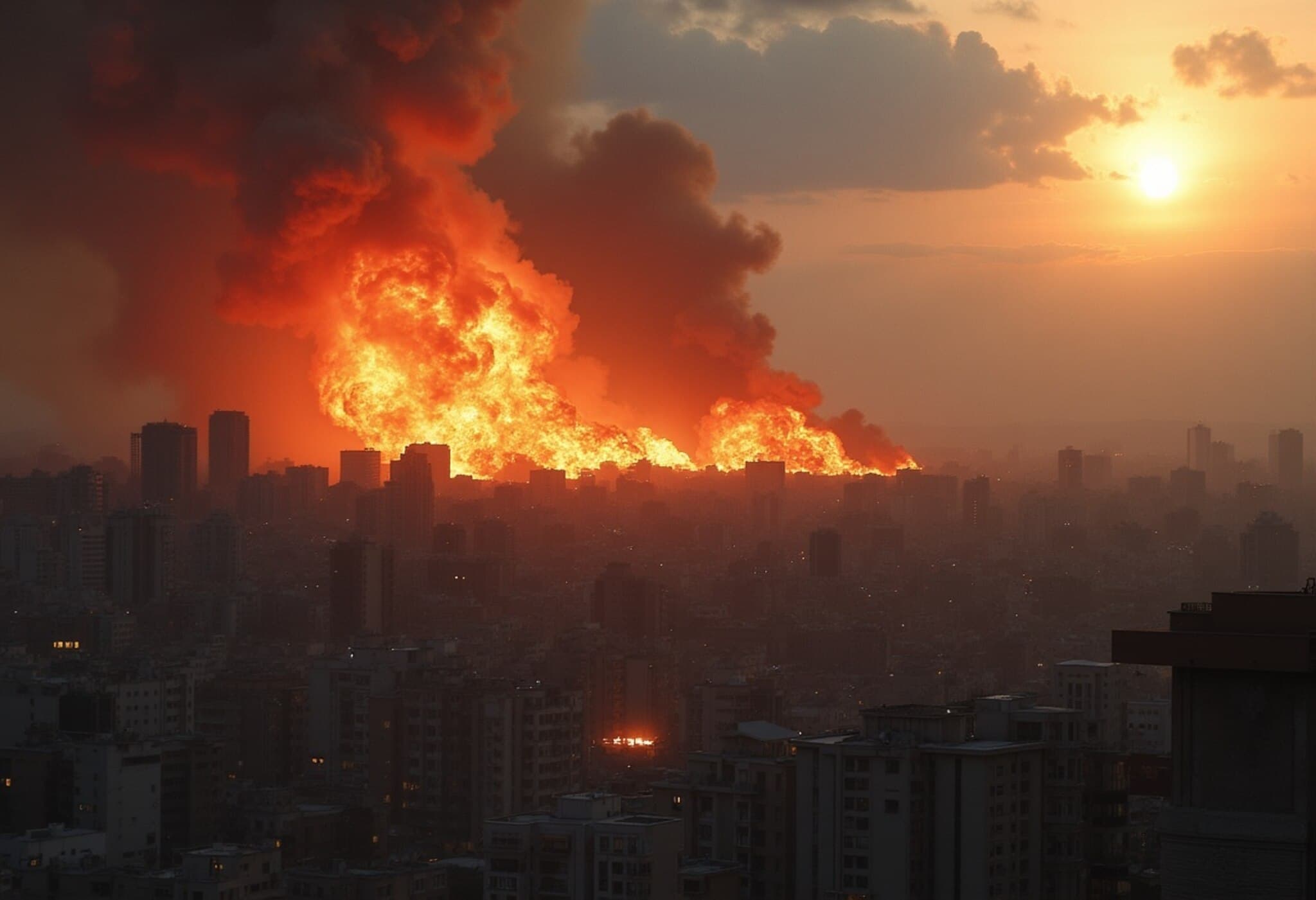How Israel’s First Responders React When Sirens Sound
As sirens blare across Israeli cities, a critical, swift response unfolds behind the scenes. Volunteers and professionals from Magen David Adom (MDA), Israel’s national emergency medical service, have been pivotal in managing casualties and damage caused by recent missile attacks.
Rapid Mobilisation in the Wake of Missile Strikes
In the hours following a barrage of missile strikes that commenced early Sunday morning, emergency teams swung into action. One MDA coordinator, Ori Lazarovich, described the tense moments near a damaged residential complex in Tel Aviv’s Ramat Aviv neighborhood.
“Within minutes of the loud booms, we abandoned our safe rooms and rushed to the scene. Three buildings were directly hit. So far, we’ve evacuated more than 17 patients,” he explained.
The attacks struck at least three major cities—Tel Aviv, Haifa, and Ness Ziona—resulting in at least 23 civilians wounded, including two seriously injured. Residential blocks, public spaces, and businesses bore visible marks of destruction.
Coordinated Effort Under High Alert
Emergency services, including police, the Home Front Command, and firefighters, continue search-and-rescue operations to ensure no casualties remain undiscovered. MDA has maintained peak alert since conflict began on June 13.
Lazarovich emphasized, “When the sirens sound, seek a safe room immediately and remain there for at least 10 minutes to avoid risks from potential secondary strikes or airborne shrapnel.”
In Tel Aviv alone, responders have attended to over 60 impact-related alerts during the past week, many in densely populated neighborhoods. Teams arrive within minutes—sometimes seconds—using ambulances, motorbikes, and personal vehicles to reach those in need swiftly.
Severity of Injuries and Ongoing Threat
Though Sunday’s injuries were mostly minor, the overall conflict has forced MDA to treat more severe trauma cases, including crush injuries, burns, and smoke inhalation. Lazarovich noted, “These missiles carry over 1,000 pounds of TNT and hit highly populated areas, leading to critical injuries we manage daily.”
Defensive Measures and Limitations
Israel’s integrated missile defense system—comprising Iron Dome, David’s Sling, and Arrow batteries—has intercepted more than 450 projectiles and nearly 1,000 drones since the conflict began. However, some missiles evade interception due to trajectory or timing, causing damage to populated areas and straining emergency resources.
The Human Side of Conflict Response
Despite the high operational tempo and constant threat levels, first responders remain resolute. Their presence is a lifeline for communities caught in harm’s way, highlighting the vital role of rapid medical response during ongoing hostilities.









